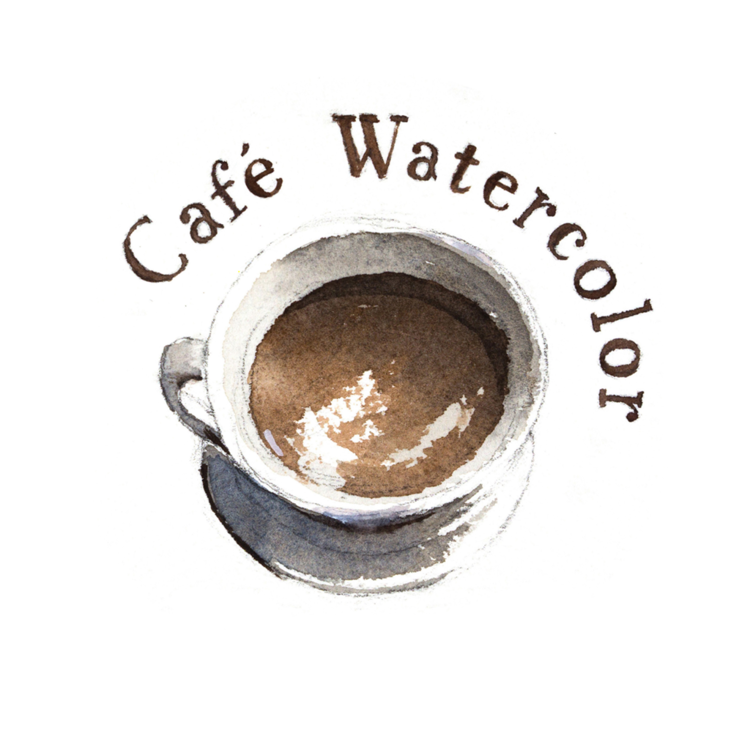How do you overcome white paper syndrome? I got this question quite a bit because a perfectly clean white paper can be intimidating. It’s filled with all sorts of possibilities of a successful painting, or a failed one. Today let’s talk about some practical ways to decrease your fear of white paper. First of all, let me make this clear, there is no way to completely get rid of the fear of a new painting because we don’t know the future. What you fear is not the white paper itself, it’s the uncertainty. You might ask yourself “Will this be a successful painting?” “What if I messed it up?” “I don’t want to waste this nice piece of paper…” and so on.
Because of the unpredictable nature of watercolor, we will always have to deal with that uncertainty. Unlike many other mediums, you cannot simply erase, cover, or press ctrl-z to fix your mistake. However, there are ways to decrease your white paper syndrome. I’m not going to just say “just do it, what’s the worst that can happen? A piece of paper? You can just start a new one!” I understand nobody wants to experience the frustration of failure and wasting time. So I am here to help you and give you some practice advice for you to start implementing in your work:
Practice on cheap paper
When you use expensive paper, you have more pressure to do a good painting because you don’t want it to go to waste. And the more pressure you have, the more fear you have. When I first start learning watercolor, I just practice on cheap paper. This helps me to get used to the nature of watercolor. I start moving on to more expensive paper when I am pretty familiar with watercolor. While better papers can give you a better time painting. Cheap papers are good to test things out. Your mindset will also shift from doing a finished painting to a practice. That’s a lot of pressure off you.Planning
Plan ahead what you’re going to do, and prepare your mixtures first. This is very helpful especially if you are just starting! If you read any good recipe. What’s the first thing you see? The type of ingredients and the amounts you need to make the dish. No recipe is going to ask you to turn on the stove and heat up the pan before telling you what ingredients to prep for. Because you can’t prepare the ingredients on the side while you are cooking at the same time, they should be ready to go. Same thing as painting and start your first wash. Because you want to have a nice clean wash and you might be struggling against the drying time, pre-mix the colors you need for the wash can be very helpful. After you are really confidence with watercolor and mixing color, then you can wing it if you want.Keep it simple
We all have seen some watercolor master painting demos. Some of them have so much experience with watercolor, they were able to do a lot in the first wash, leaving out highlights, a bunch of wet on wet works and stuff. However, if you are just getting started, keep it simple. There’s nothing wrong to just have a simple gradient for your first wash. If you want more soft shapes, wait till your first wash is dry, re-wet it and paint wet on wet again. Give yourself enough time for each wash by doing things one at a time. By doing simple things step by step, you avoid getting overwhelmed. Keeping it simple also means a simple subject. Don’t pick a forest with light and shadow all over the place or a rocky beach. Pick something nice and simple. Sometimes a simple subject can be powerful and effective as well!Keep your first wash light
A very light and transparent wash eases you into the painting. If you try to go very heavy for the first wash, you are committing too soon and you are not giving yourself enough room to move into the painting slowly. A light, the transparent wash will fade to almost nothing when it’s dry. But by getting rid of the white on the paper, you will be more ready to make more marks and start painting more.
